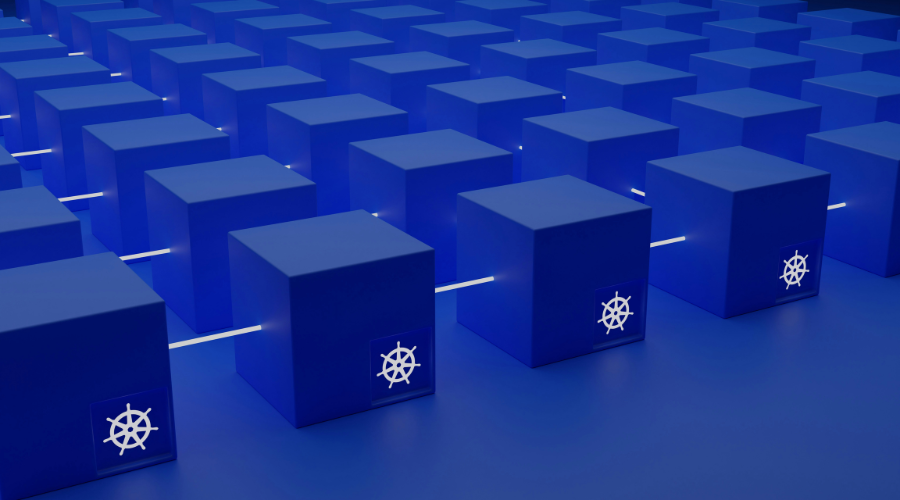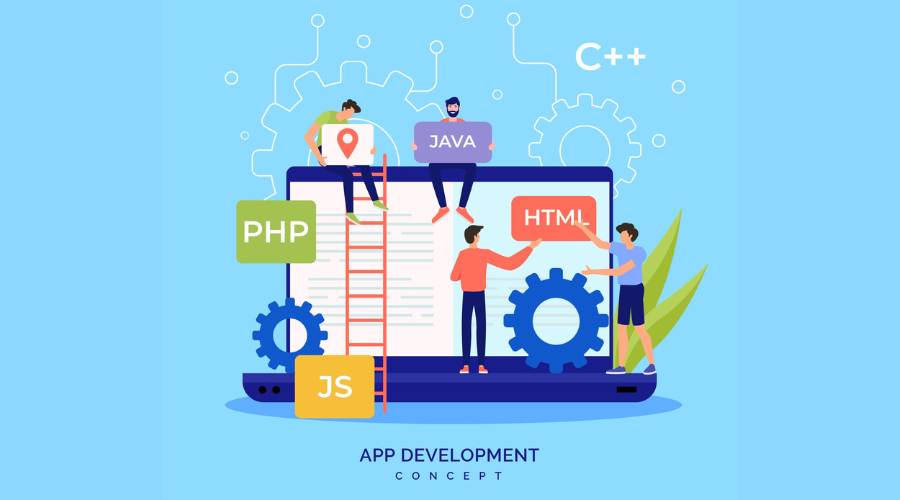Picture this, you're faced with a wall of unreadable logs and are simply trying to understand why one Kubernetes pod can't talk to another Kubernetes pod. You look at dashboards, traces, and packet captures, but nothing connects the dots, leaving you staring blankly at the logs. You know it must be a network policy, but don't know which one, or why the policy is there in the first place.
This type of confusion happens every day in cloud-native networking. Kubernetes is powerful with networking, but it often leaves you guessing with the "why" behind your network behavior. That's where Calico Whisker comes in. It will give you a clear, context-rich view of how and why traffic moves in your cluster.
In this blog, we will see how Whisker improves network observability in Kubernetes and how it is different from traditional Kubernetes observability tools, and even why it could become a part of your everyday workflow for debugging, validating policies, or helping improve your security.
The challenge of network observability in Kubernetes
Kubernetes removes much of the infrastructure used by traditional networking solutions. You can define NetworkPolicy objects, but the reality is, there aren't good ways for you to identify what rule was applied or why traffic was allowed (or denied).
Logs, metrics, and packet captures are all useful, but they only provide small snapshots of the whole picture. Logs can lose the necessary Kubernetes metadata required to tie flows to pods or namespacing. Metrics provide a high-level overview of normal traffic flow, and packet captures provide a level of detail on every bit on the wire, but none of those offer any insight into how any of the policies affected those flows.
You always have a record of what happened, but often lose the reasoning behind the decision-making process. The end result is often times troubleshooting through trial and error, which wastes time and often erodes your confidence in the system.
What is Calico Whisker
Calico Whisker is a Kubernetes-native observability tool available in Calico Open Source v3.30 from Tigera. It provides an easy-to-use but powerful interface to view live network flows with Kubernetes identity and policy context. Whisker is built from three components:
- Whisker UI – is the web interface that lets you filter and browse network flows in real-time.
- Whisker Backend – which is a lightweight Go service that collects and serves the flow data.
- Goldmane API – a gRPC service that interfaces with Calico’s node agent to receive a live flow of information
Whisker works no matter what data plane you use, whether it’s eBPF, iptables, nftables, or VPP. Once you enable it in Calico 3.30 or later, you get immediate visibility without having to modify workloads or infrastructure.
What makes Whisker stand out
Whisker is not just another flow viewer. It reshapes how engineers understand and react to network behavior in Kubernetes.
1. Policy-aware flow decisions with clear explanations
Whisker does not just tell you if a flow was allowed or denied. It indicates the policy and rule that was applied. This means you don’t have to keep guessing or scanning across multiple tools to validate what happened to your flows.
2. Rich Kubernetes context
Every flow in Whisker carries Kubernetes identity information such as namespace, pod labels, and service account. This contextual information makes it significantly easier to see who is talking to whom in your environment and whether that traffic is what you expect based on your security principles.
3. Consistency across all data planes
Since Whisker works independently of the underlying data plane, the displays and behavior are identical regardless of the technology. You receive consistent visibility irrespective of the deployment environment.
4. Integration with staged policies
Calico allows you to create staged network policies so that you may test what they do before enforcing them in your environment. Whisker shows the results of those staged flows by tagging the impacted flows with a “pending-deny” label. This allows you to understand potential impacts without needing to break live traffic.
How Whisker helps in real-world scenarios
Safely rolling out a new policy
When you tighten network rules, you always worry that you will deny something important. With Whisker, you can deploy a staged policy and immediately see which flows would be denied. You can revise the rule prior to enforcing it in production.
Finding hidden security gaps
When you are conducting audits or zero-trust reviews, Whisker helps you catch unexpected communications between workloads. By exposing each endpoint's Kubernetes identity, you can discover over-permissive rules and eliminate unnecessary access.
Troubleshooting connectivity issues
If pod A in one namespace cannot talk to pod B in another namespace, Whisker gets you troubleshooting in minutes, not hours. You simply filter for traffic between pod A and pod B, and you see the decision and the policy that influenced it. You do not need to collect logs and search multiple dashboards.
Getting started with Whisker
If your cluster has Calico Open Source v3.30 or later, you already have access to Whisker. It is easy to enable and does not require reconfiguration of workloads you already have deployed. Once Whisker is deployed, you can use the web UI for a quick way to investigate or query the Goldmane API directly for automation and integration.
The Goldmane API gives you programmatic access to all Whisker data. You can create custom dashboards, automate audits, or create a connection to an existing observability pipeline.
Why context matters
Traditional observability tools can show you what is happening. Whisker can show you why it is happening. This difference is significant and changes how a team operates.
With Whisker, troubleshooting becomes more intentional. You spend less time guessing and more time understanding. Security and platform teams can finally use the same language of policy and identity, not raw IP addresses or packet traces. Whisker enables you to tie network behavior to Kubernetes identities and helps you towards a true zero-trust model, making traffic flows visible and, importantly, explainable.
Whisker is all about flows under Calico's management, so if you encounter other network layers that Calico doesn’t manage, you may still need different tools to complement your usage of Whisker. Because Whisker adds context to flows, there are some performance costs associated with that, but that overhead is minimal and optimized for production use cases.
For advanced users, the Goldmane API allows options to extend the capabilities of Whisker. Whisker is part of a much deeper observability platform that can be customized to expand your environment in ways that extend beyond Whisker.
The new clarity in Kubernetes networking
Kubernetes network troubleshooting for years had the flavor of educated guessing. Calico Whisker can change that. Whisker adds clarity, context, and confidence about how you see and manage traffic in your clusters.
In this blog, we detailed how traditional observability often stops at “what” and Whisker provides you “why.” We explained the components of Whisker, the things that distinguish it from others, and showed you how to help your team build systems that are more secure and reliable.
If you use Calico today and have an interest in understanding your network rather than monitoring it, Whisker is worth exploring. Whisker promotes observability back to where it resides - at the intersection of policy, identity, and intent.







